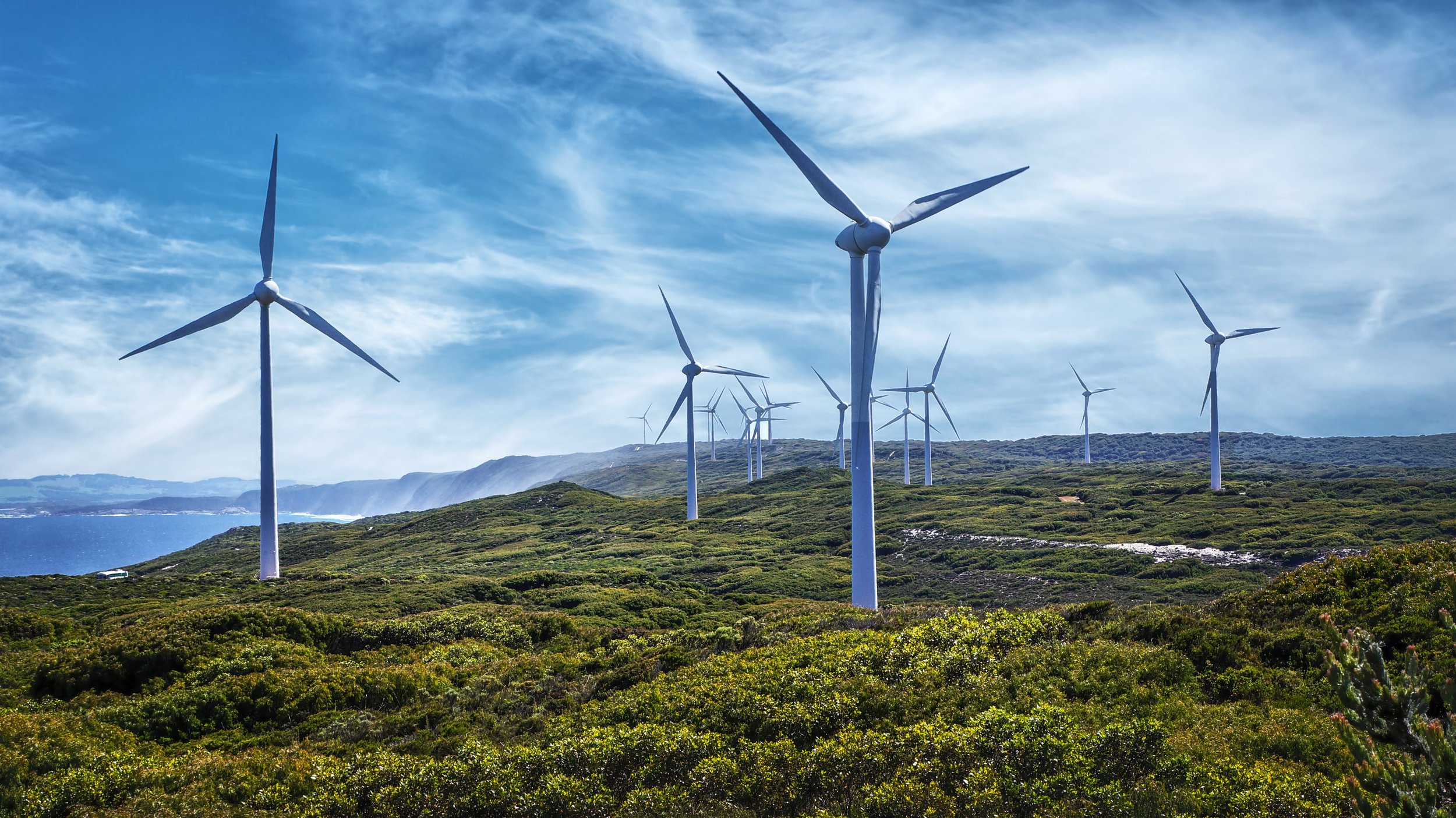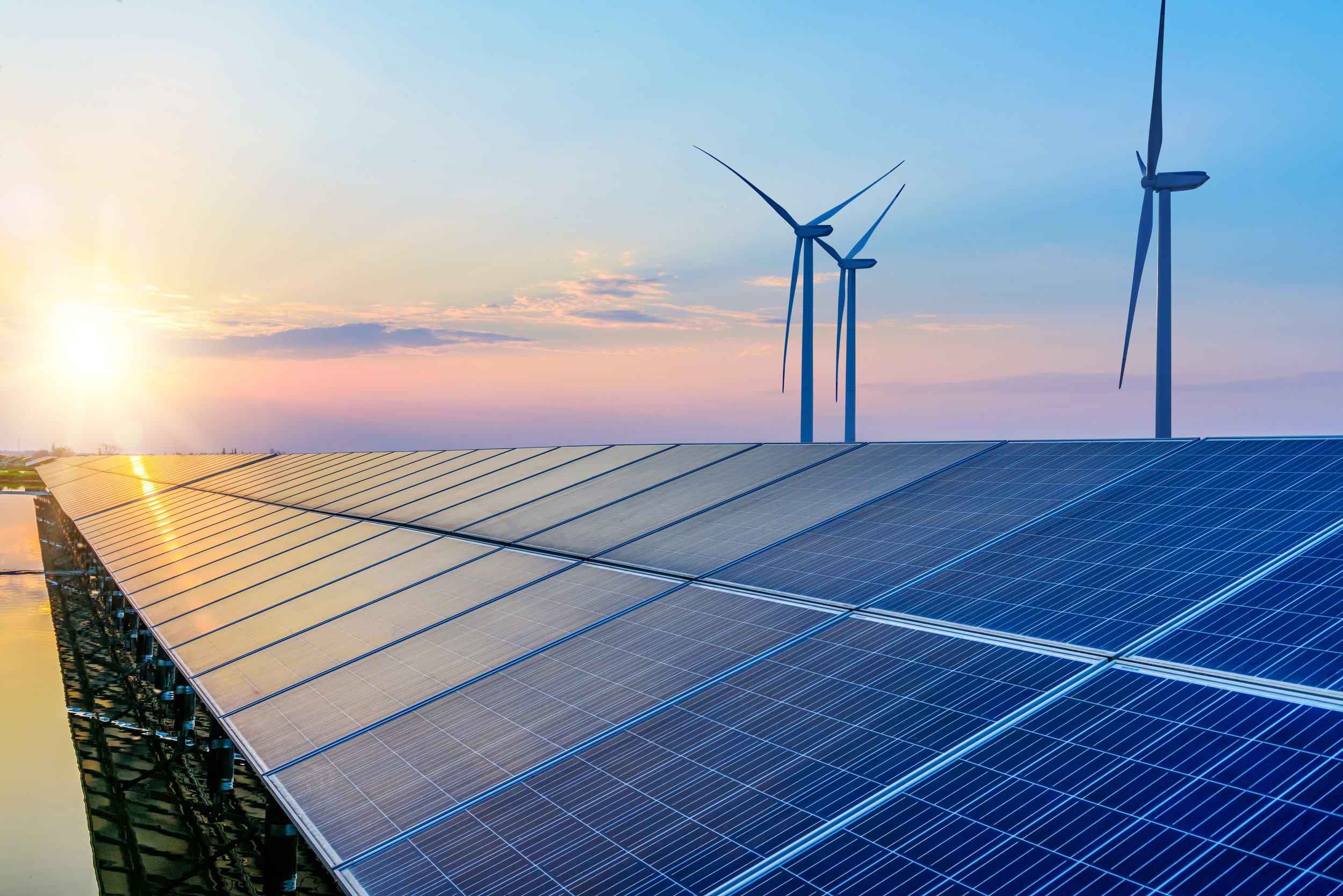
Clean Energy
Renewable energy is the future of energy.
When it comes to renewable energy, Australia is truly a land of opportunity with huge coastlines and large desert areas boasting plenty of sun exposure.
Exploration into the opportunities that exist on this landscape are not a new concept, and much of the Australian energy sector is looking to renewables for the future of this country.
Energy for our future
In future, the majority of Australia’s energy will come from wind and solar photovoltaic (PV) - the most affordable technologies. University of New South Wales modelling suggests that 70% of Australia’s electricity needs could be supplied by wind generation, whilst CSIRO and Energy Networks Australia found that wind and solar could provide neary all generation in future.
Solar and wind farms will be scattered across the country, sharing their output, because the wind is nearly always blowing somewhere in a continent as huge as Australia.
Solar and wind farms will be scattered across the country, sharing their output, because the wind is nearly always blowing somewhere in a continent as huge as Australia.
Any gaps that would remain in supply would be filled by a variety of on-demand renewables and storage, like concentrating solar thermal with storage, pumped hydro, batteries (grid and domestic), sustainable bioenergy and more.
Further, a study undertaken by Andrew Blakers at Australian National University concluded that pumped hydro had the potential to provide enough backup for an entirely wind and solar power grid. 22,000 potential hydro sites, mostly off-river reservoirs in hilly terrain or abandoned mine sites, have been identified and just 0.1% of those could meet all of Australia’s storage needs in a 100% renewable grid.
Benefitting the community
Aside from the obvious environmental benefits a renewable energy system would provide, CSIRO and Energy Networks Australia concluded that between 30% and 45% of the country’s future energy generation will be local and customer-owned - in homes, businesses and communities. In practice this looks like solar panels across every sunny roof, and batteries in both households and commercial buildings. Microgrids powered by solar and batteries in apartment buildings . Renters will join community solar projects, whilst landlords will be required to make properties more energy efficient.
Currently, 2.2 million Australians are earning the minimum wage - $19.84 per hour, or just $753.80 per week. When considering the current cost of living and dependents, this is a small amount to try and make ends meet. A renewable energy system that reduces the cost of living for millions of Australians could be pivotal in raising standards of living for the middle class.

Blueprints are already available
It is not a new concept that our energy system is unsustainable, and the biggest advantage that comes with this, is that much of the exploration into alternative systems is ready now, what is needed is government backing to finance such a transition.
In 2019 the Grattan Institute, supported by the Federal and Victorian Government, BHP and Melbourne University, released Australia’s energy transition: a blueprint for success. The report concluded that Australia’s energy future should be a mix of renewables, batteries, electronic vehicles, and hydrogen. It should also be a future of lower prices.”
This is not the first time shifting Australia to a renewable energy system has been explored; with at least nine studies conducted during the decade, analysing how Australia can move forward from an energy system reliant on fossil fuels, to one powered by the sun, wind and waves.
The Wildlife Protection Commitment
The Wildlife Protection Commitment seeks to assist brands, businesses and individuals in taking practical steps to reduce their impact upon Australian wildlife and be a part of a kinder and more sustainable future for all.



